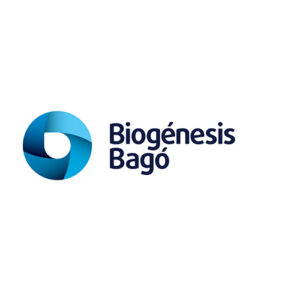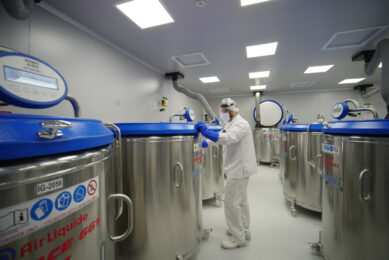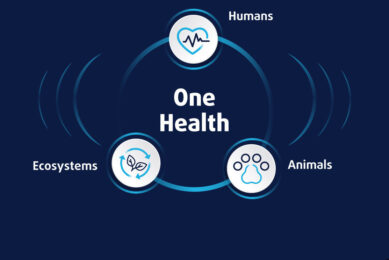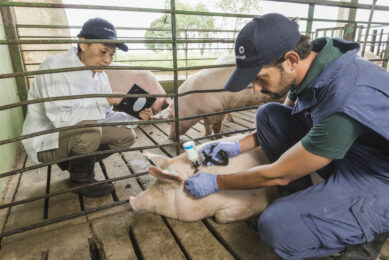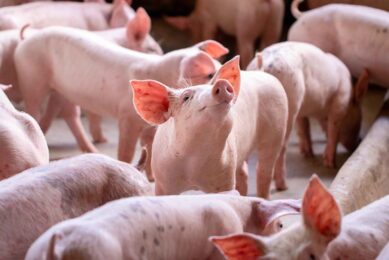Good vaccination practices: Key for a successful herd immunity
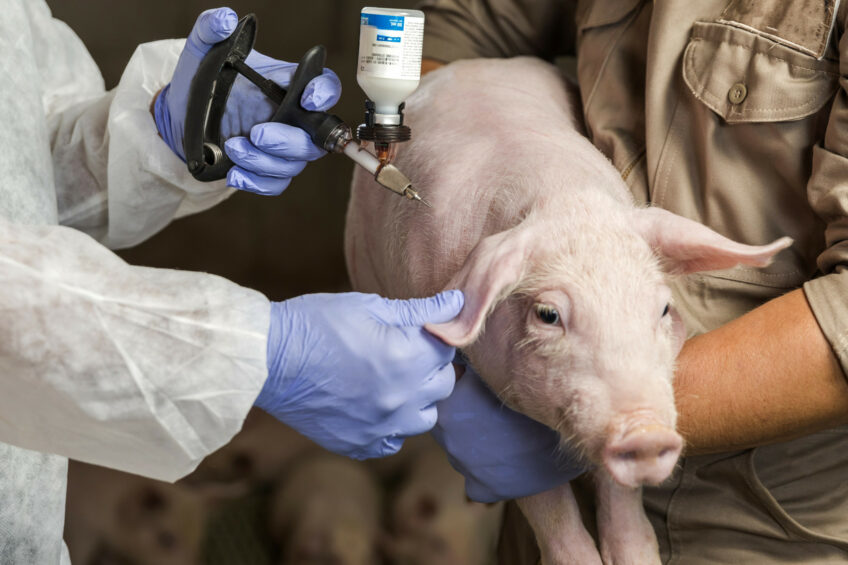
In an increasingly globalised world, distances are shrinking, movement and circulation of products and people are increasing, and with them the risk of pathogen spread is rising. We’ve seen this during the Covid-19 pandemic and the recent ASF outbreak that greatly impacted swine production worldwide.
Transboundary animal diseases spread rapidly and can cause serious consequences. Despite multiple global efforts to control them, diseases like Foot-and-Mouth disease, African swine fever, or Avian influenza are still circulating and spreading in different regions of the world, even those that have been free of them for a long time.
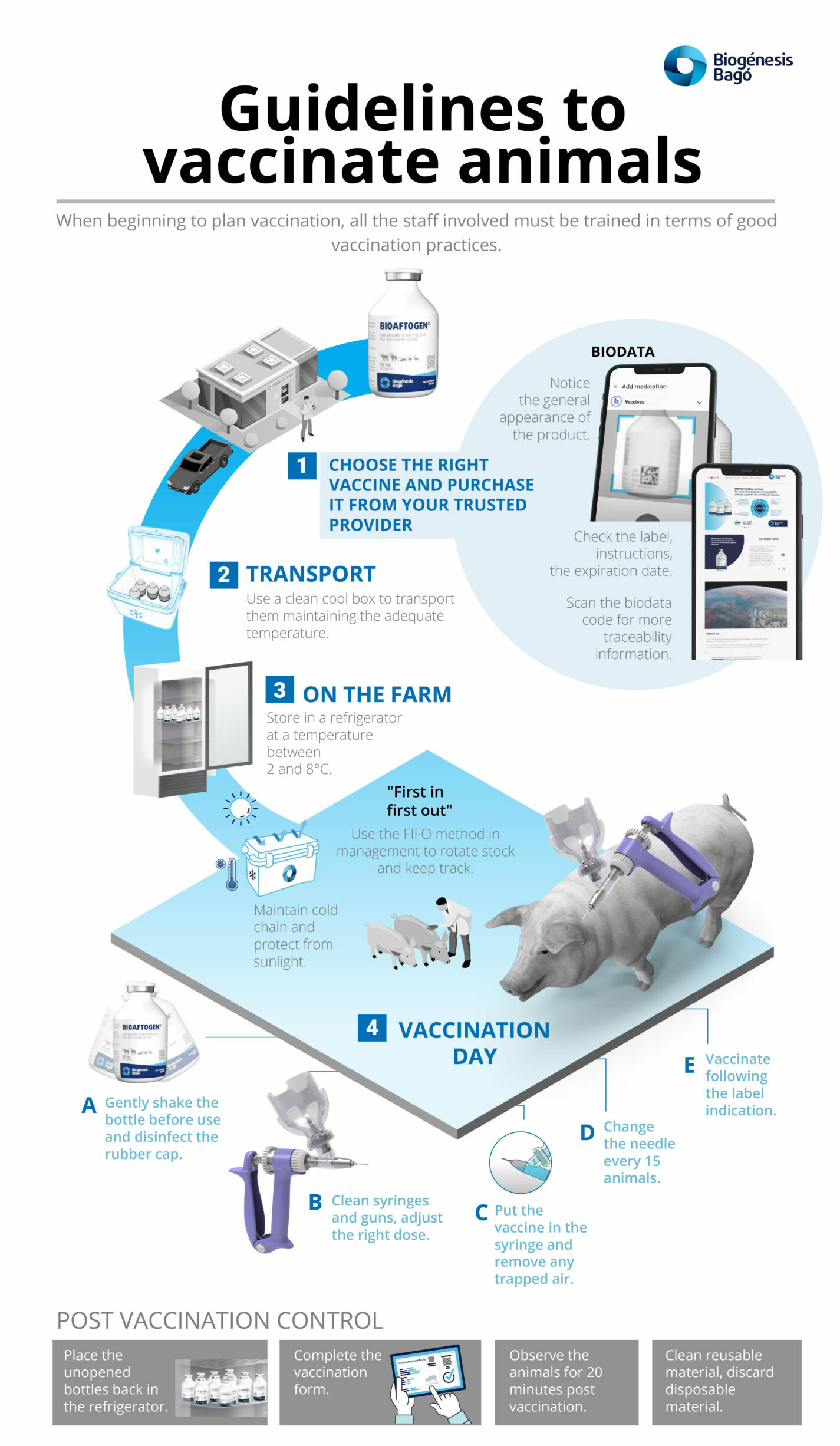
Animal health strategy
Keeping this in mind, developing an animal health strategy based on biosecurity, diagnosis, prevention and management is key to ensure effectiveness. And there are 3 critical steps to reach success in this: diagnosis, choosing the vaccine and the correct management.
Management is a critical stage on the outcome that we expect from vaccination: it goes from the purchase of the product, training the people involved in handling and correct administration of the vaccine. This phase has a huge impact on the performance of the vaccine and can determine if we achieve the correct immunisation or not.
But what do we need to keep in mind when we are implementing a vaccination schedule?
- Trained professionals: When beginning to plan vaccination, it’s important that all personnel involved is trained and has a detailed understanding about the product to be administered and good vaccination practices.
- Reliable Source: it is crucial that the vaccine purchase is made from a reliable veterinary source, ensuring that we obtain all necessary doses. As a reassurance, it’s necessary to have a 10% security stock.
- Check the data: Make sure to always check the label, instructions, expiry date, and the general appearance of the product.
- Storage Conditions: for proper storage, it’s necessary to ensure that the vaccines are protected from direct sunlight and stored between 2o and 8oC. Regularly monitoring and record the temperature is also advised.
All of this, together with the work of veterinarians in designing and implementing an appropriate animal health strategy, including compliance with necessary vaccination schedules using effective, quality solutions tailored to specific contexts, is also crucial for prevention. Furthermore, it ensures animal welfare and protects public health.
The correct use of vaccines and the implementation of good vaccination practices in animal health management has a positive impact on productivity, preventing economic losses from avoidable diseases and significantly contributing to ensuring food security.


